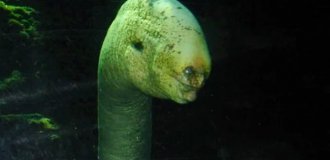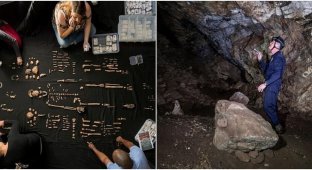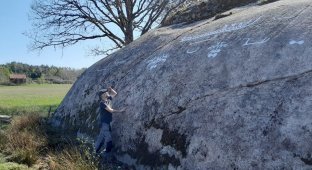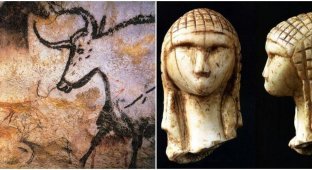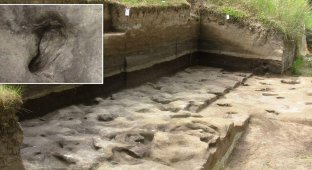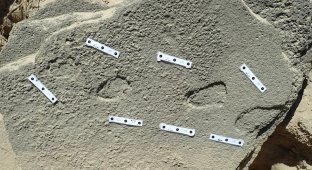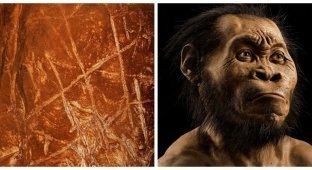Traces left 1.5 million years ago in Africa reveal the secrets of human evolution (6 photos)
Two species of ancient humans previously thought to be unknown to each other lived side by side in Africa 1.5 million years ago. Archaeologists have discovered footprints of two ancient human species on the shores of Lake Turkana in Kenya. Scientists say this is the first evidence that two different species of hominin inhabited the same area at the same time. 
The footprints belong to Paranthropus boisei, a primate with a smaller brain and broad, flat faces with large teeth, and Homo erectus, which are more similar to modern humans and are thought to be our direct ancestors.
The researchers noted that the foot structure of P. boisei was not suited for long-distance running, which may explain why the arching found in H. erectus was retained in subsequent generations.
"One hypothesis is that H. erectus was the earliest hominin that could walk upright like modern humans and run long distances, allowing it to exploit a new evolutionary path," the team wrote in their study. 
Study co-author Kevin Hatala, a paleoanthropologist at Chatham University in Pittsburgh, explained: "Whether the two species met on the eastern shore of Lake Turkana on the same day or two days apart, they were likely aware of each other's existence and may have influenced each other in some way."
Homo erectus appears to have moved in a manner similar to modern humans, with the weight of the body transferred to the pads of the toes and then to the toes themselves when walking.
P. boisei also walked upright, but its tracks are similar to those of other ancient humans, including those found in Laetoli, Tanzania, and dated to 3.6 million years ago. 

The new discovery suggests that P. boisei had different heel-pushing mechanisms than Tanzania and modern humans.
P. boisei was nicknamed the "Nutcracker" because of its powerful jaws and huge teeth. Standing 1.2-1.6 m tall, these hominids weighed between 40 and 90 kg. 
Paranthropus boisei
Khatala noted that the new data sheds light on the evolution of human anatomy and locomotion. It also provides additional information about the behavior and habitat of ancient humans.
"We can see how millions of years ago humans moved and potentially interacted with each other or even with other animals. This is something we cannot learn from bones or stone tools," he added. 
Homo erectus


